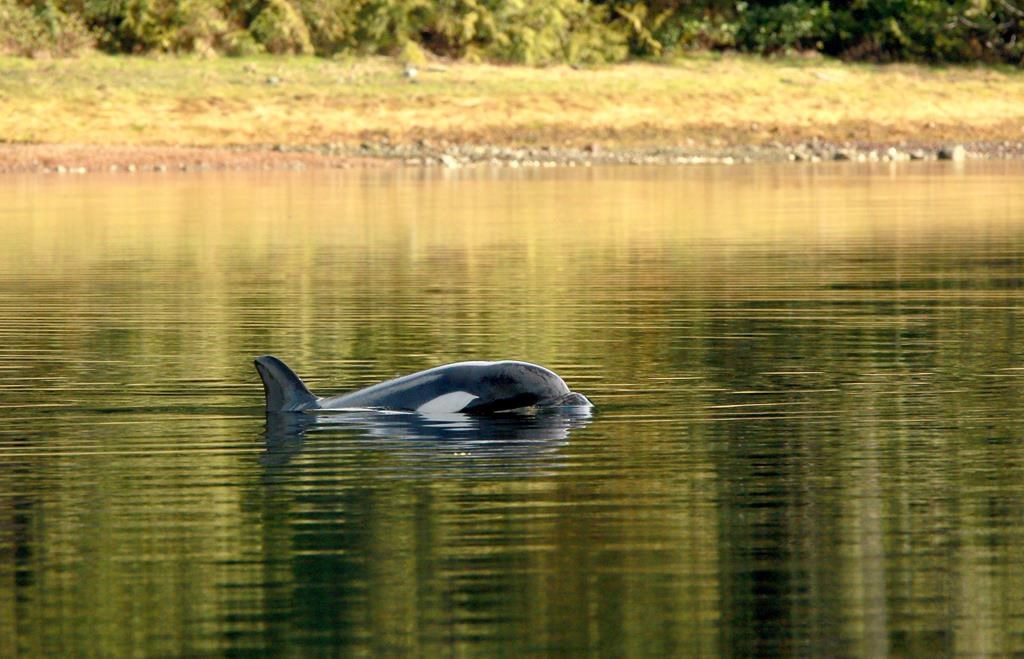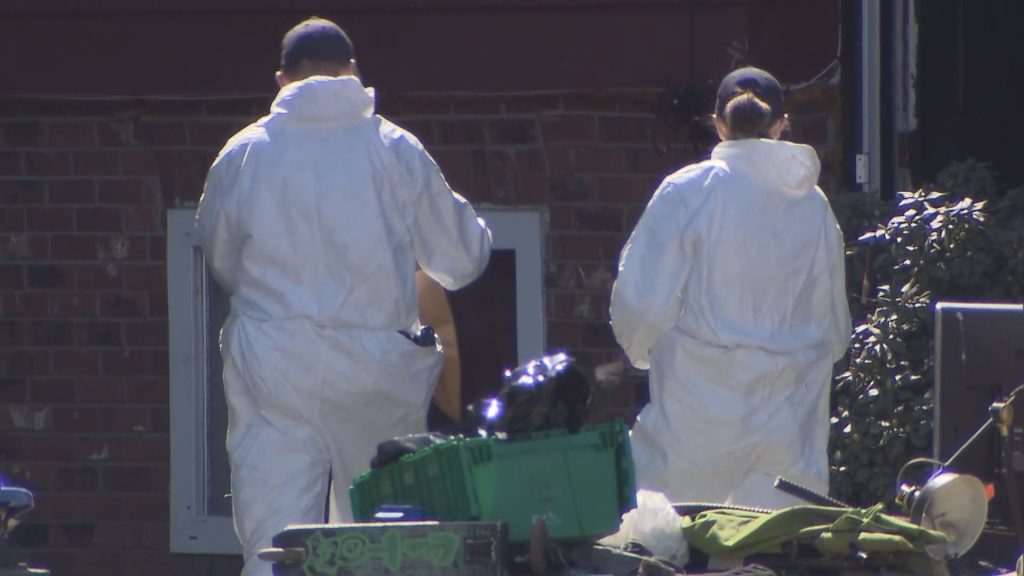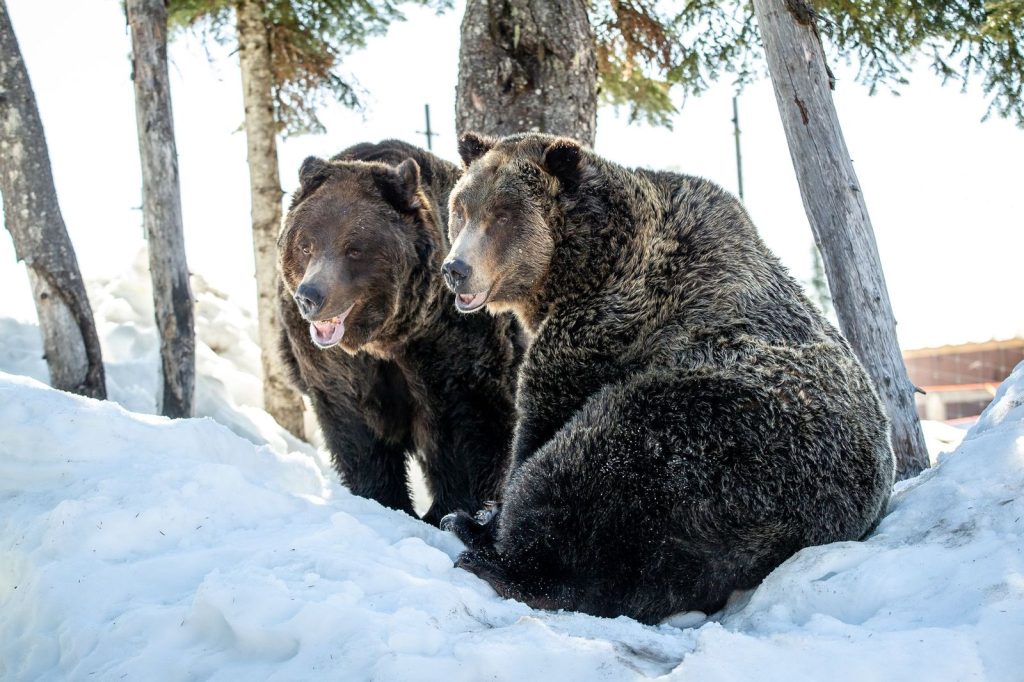Country foods: Sale of game in the North leaves Inuit society conflicted
Posted April 21, 2014 6:00 am.
This article is more than 5 years old.
IQALUIT, Nunavut – The hunter grabs one of his delicacies by its furry, frozen ear and waves it in the air.
“Caribou heads for sale!” he cries. “Caribou heads for sale!”
Eager for the makings of a tasty soup, customers flock to his table at an open-air market in Iqaluit, where fresh-from-the-land food has been on occasional offer since 2010. Tables piled with caribou, seabirds, seaweed, seal — the “country foods” of the traditional Inuit diet — sell out in minutes.
Meanwhile, Facebook groups for the buying, selling and trading of country foods from fish eggs to muskox now have thousands of members.
A whole caribou? Without the hide, $300. Arctic char? Each fish, $20.
Faced with the growing cost of gas for their snowmobiles and bullets for their guns, Inuit hunters are increasingly putting their harvest up for sale.
Some say it’s a good way to keep hunters on the land, office-bound Inuit in touch with their roots and people from going hungry in communities where store-bought groceries are expensive.
Others worry about the safety of uninspected meat and the possible overhunting of now-valuable game animals.
And some call selling game a betrayal of sacred Inuit traditions.
“People that are still thinking in the old tradition say that it’s not the Inuit way of life to sell to others,” said James Eetoolook of Nunavut Tunngavik Inc., which looks after the Nunavut land claim. “You have to share what you have.”
Sharing a hunt’s bounty is still common. But under their land claim, Inuit also have the right to sell it.
A recent study by the Royal Society of Canada suggested that might be one way to increase the overall food supply and ensure all Inuit can feed their families.
Research has found nearly three-quarters of Inuit preschoolers live in homes without a sure supply of food. Half of youths between 11 and 15 sometimes go to bed hungry. Two-thirds of Inuit parents also told a survey that they sometimes ran out of food and couldn’t afford more.
“If people can’t get their traditional country food with their own family, then they have to get it somewhere,” said co-author Harriet Kuhlein.
“To commoditize it will help some people get it. It’s one part of the picture.”
Will Hyndman, who organizes the Iqaluit market, said there are many reasons it’s so popular.
“In Iqaluit, there’s a lot of Inuit who come from other communities. They might not have their own gear or they don’t know the land around here or they’re separated from their traditional sharing circle. A lot of seniors don’t get access to as much as they want.”
Some staples, such as caribou, simply aren’t available everywhere because local herds are too small to hunt. Selling game from a region where they are plentiful gives everyone access, said Eetoolook.
It’s also a way for Inuit to earn money from what they do best.
“The cost of snow machines or any other machines are very high now,” Eetoolook said. “You need money in order to live these days.”
Drikus Gissing of Nunavut’s Environment Department acknowledges that the chance to make a dollar from a buck could put pressure on caribou herds.
“We are concerned, especially with the large amounts of caribou being shipped from the mainland to the Baffin region. But we cannot limit that trade unless we can prove there’s a conservation concern.”
The department plans to survey caribou herds in central Nunavut this spring, in part to determine the impact of market hunting. If there is a problem, the department has to convince the Nunavut Wildlife Management Board to impose a total allowable harvest.
“That’s the only way of restricting the harvest,” Gissing said.
None of the food for sale has been inspected, with the exception of walrus, which is prone to the parasite that causes trichinosis.
But Wanda Joy of Nunavut’s Health Department said that hasn’t been a problem. Given the territory’s weather, most of the food is kept frozen from tundra to table.
“Hunters take their traditional knowledge in terms of preparation and hunting and butchering,” said Joy. “We don’t see a huge potential for anything to go wrong.”
Still, Eetoolook acknowledges something will have to be done.
“We need to know whether the country food is safe to eat. We don’t have that kind of establishment. We are talking about it and eventually it will be available, I hope, in the near future.”
Eetoolook knows that won’t end the opposition from traditionalists.
“Why sell the food you get for free?” wrote one poster on a food-trading Facebook site. “All of you should trade like our ancestors did.”
“As an Inuk, I don’t feel like paying for country foods,” wrote another. “Like my grandfather used to say, they’re not for sale at all.”
It’s a generational divide, Eetookook said.
“I think we need to protect the traditional values forever. But the world is changing and the Inuit are changing as well.”










